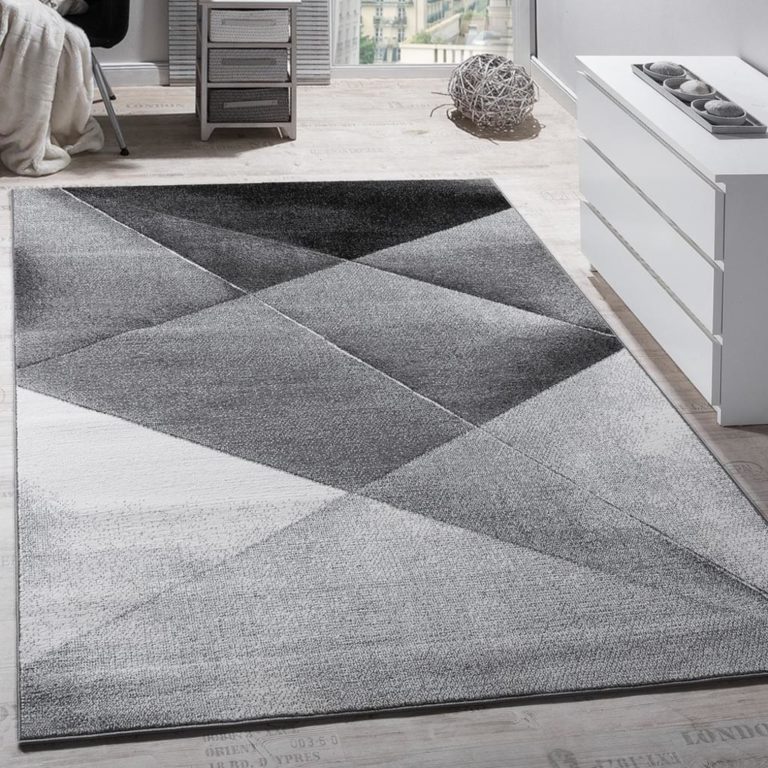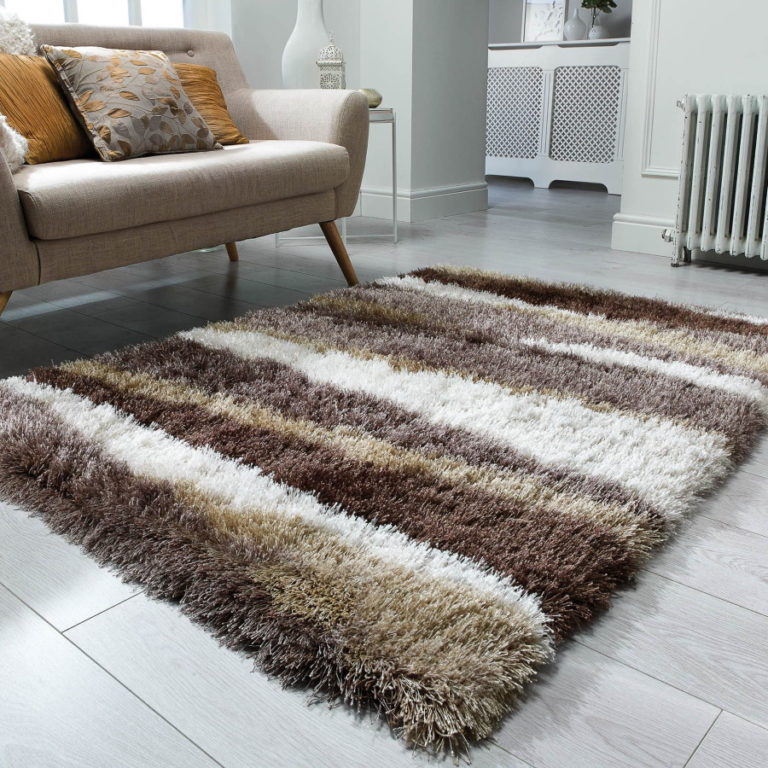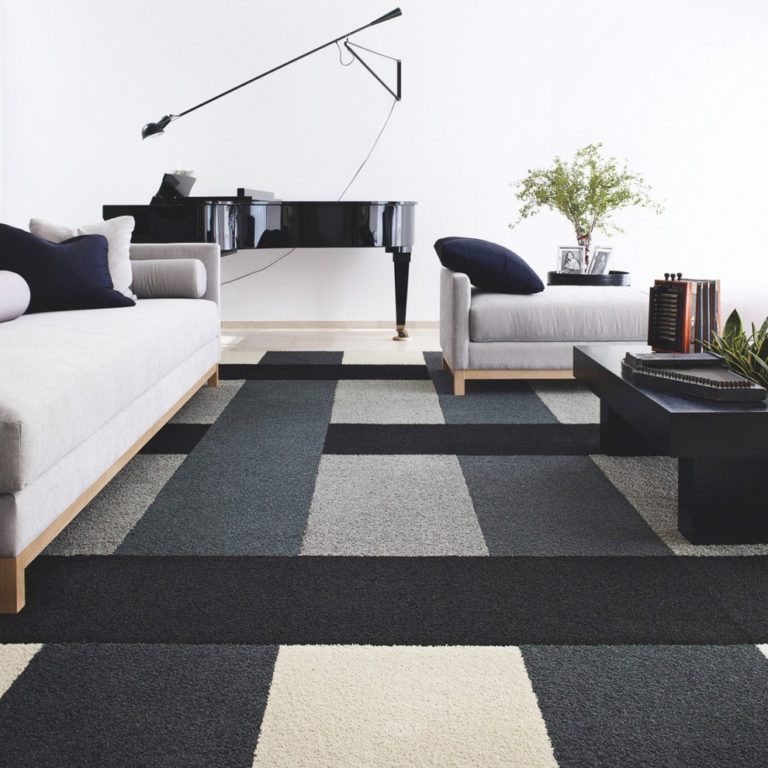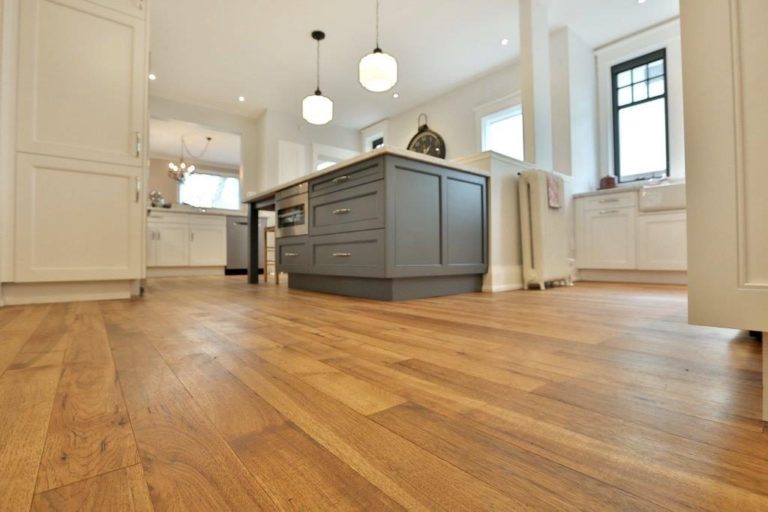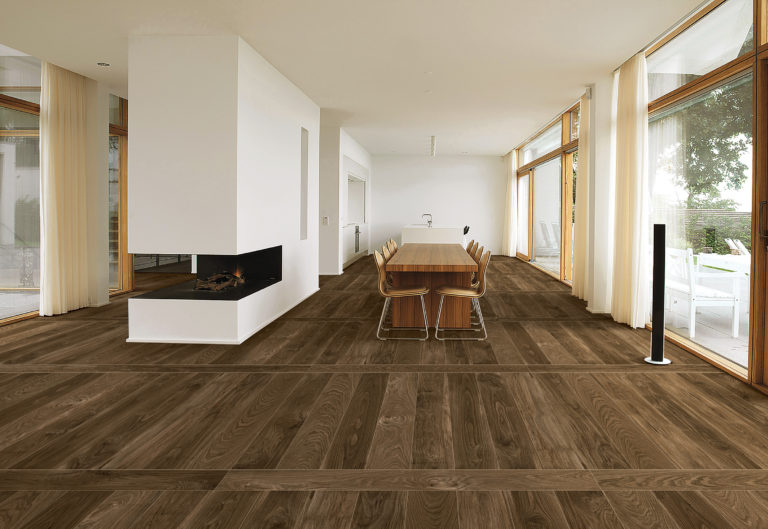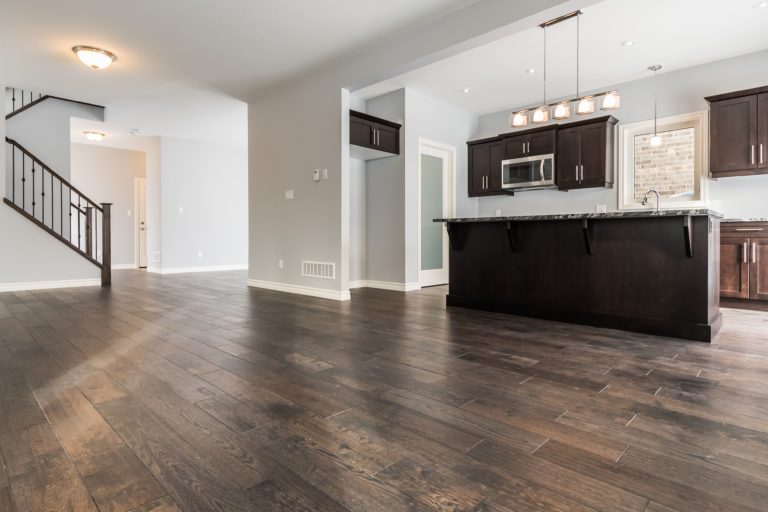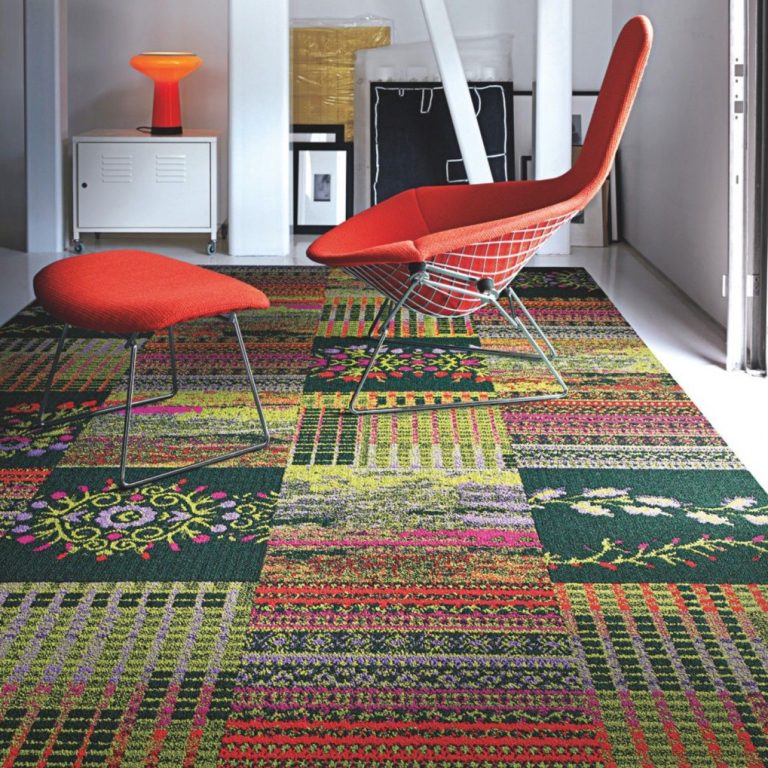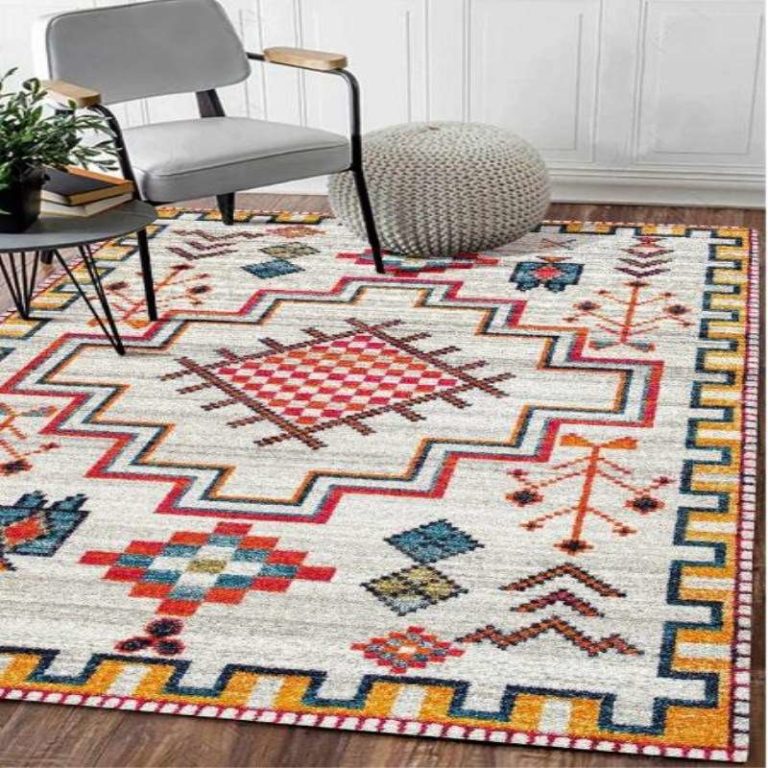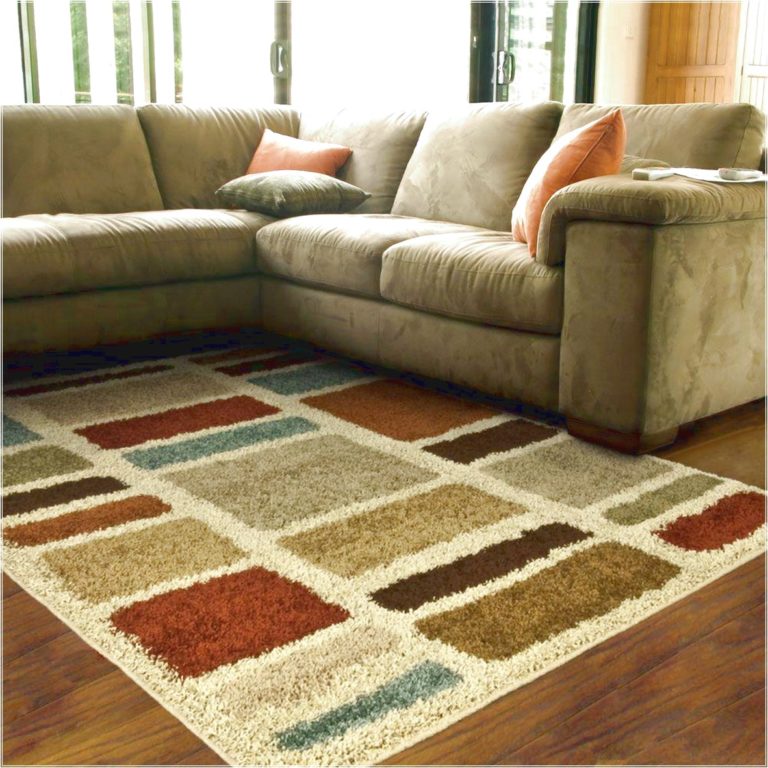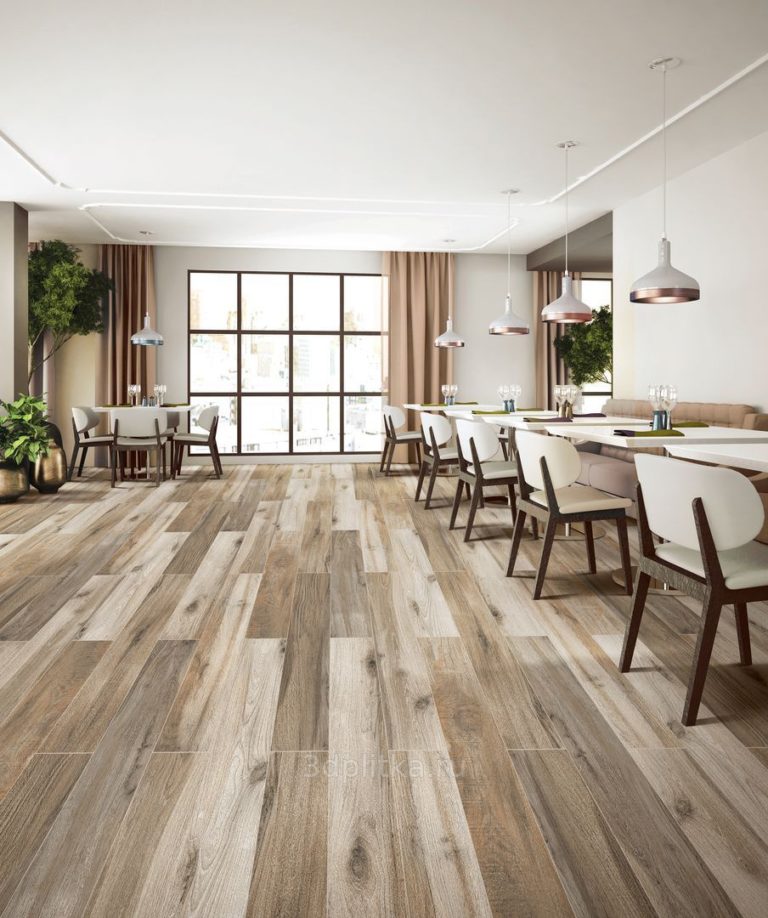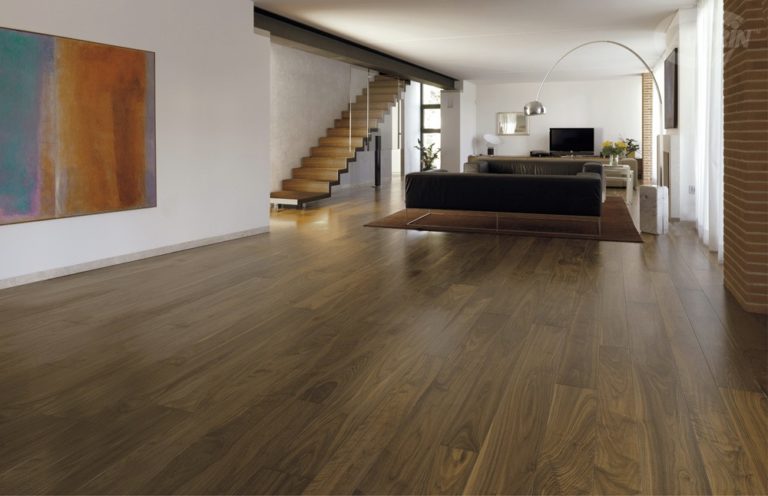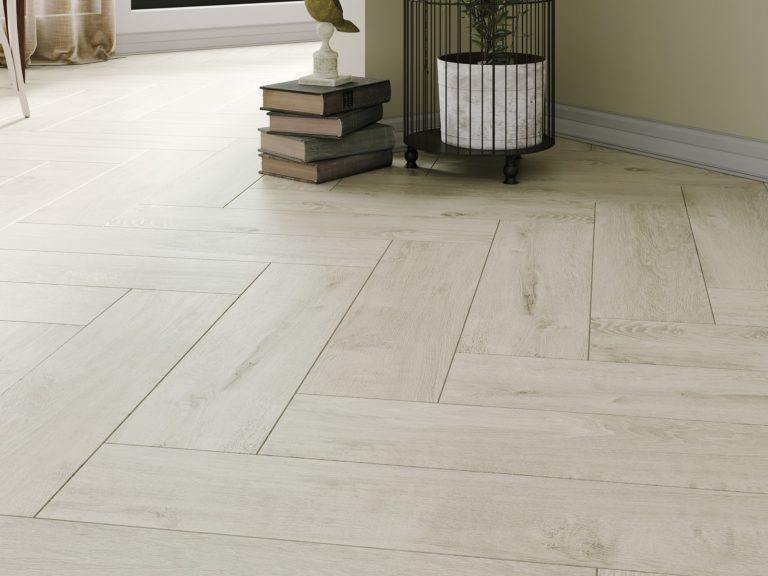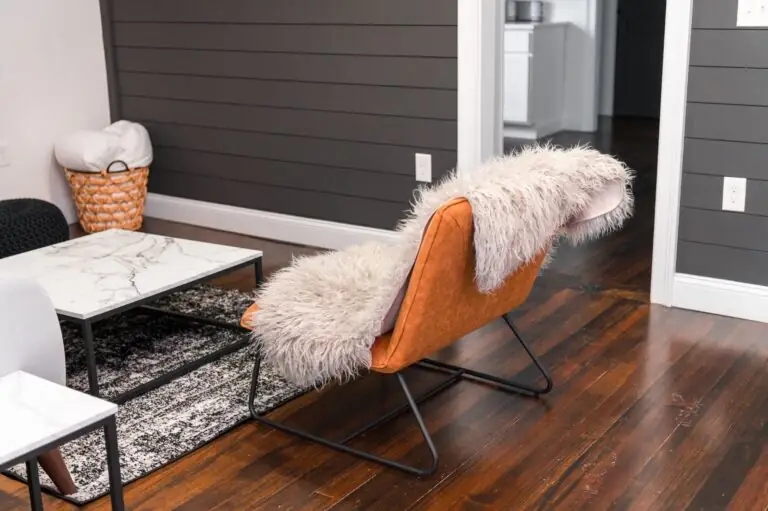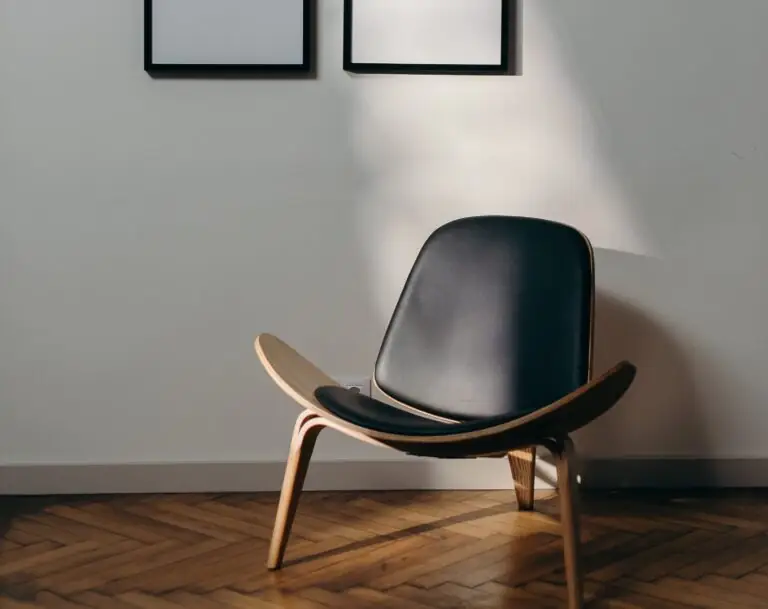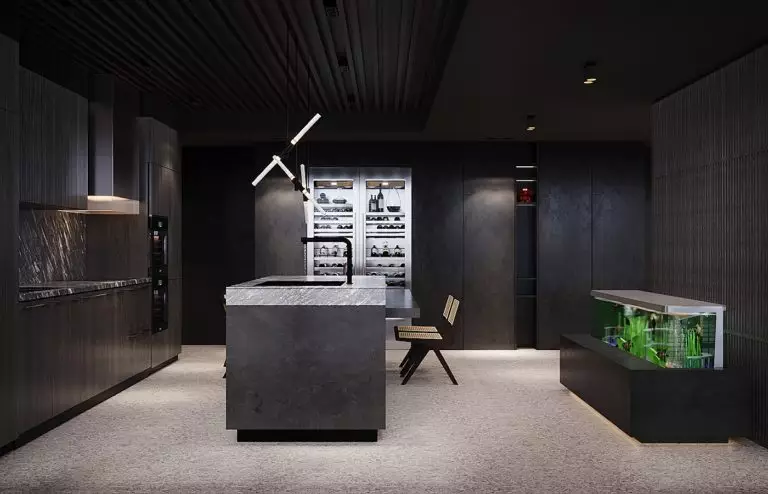
The trends for flooring are cyclical – as, in principle, any trends. Over the eras, stone tiles were replaced by hardwood flooring that gave way to large luxurious carpets. In turn, those became a thing of the past, leaving room for laminate and porcelain stoneware. Today the variety of floorings is impressive, but those that faithfully served the beauty of interiors return to us again and again, competing not even with modern solutions but exclusively with each other.
In this case, we mean two options for floor design – hardwood and carpet. Of course, it makes no sense to compare ordinary carpets with hardwood planks: both types are perfectly combined if necessary, which we can observe in both modern and classic interiors. However, what to choose today – the softness of textiles or the nobility of hardwood flooring?
Of course, no one can give an unequivocal answer to this question – everyone has their vision of an ideal home. Everyone has different tastes, and not all interior styles are compatible with either type of flooring. You yourself can reasonably determine whether hardwood or carpet is suitable for you – and knowing about the main features, advantages, and disadvantages of finishing with textiles or wood will allow you to make an informed decision.
Everything you need to know about carpet: Pros and Cons
Using carpet to cover the floor area in a room entirely is not an old idea: for the first time, such material was released in the early 1950s. The carpet managed to become an absolute classic and today is successfully used in modern design projects. To understand why this happened, it is worthwhile to study all the advantages of carpets in more detail.
Aesthetics
The carpet looks very cozy, and creates a feeling of home warmth, tranquility, and hospitality. As psychologists note, such materials are most often chosen by people seeking protection and a sense of stability of well-being.
Diversity
The choice of carpets for flooring is vast. Manufacturers present dozens and even hundreds of samples annually. Wool, polyester, polypropylene, and nylon; short, medium, and long pile; jute and latex warp; monochrome and stylish ornament – an impressively wide range opens up unlimited possibilities for realizing both traditional and the most unexpected design ideas.
Warm
By opting for carpet for flooring, you can forget about cold floor problems. Even if, for some reason, you cannot install a heating system, on winter days, you will not have to wear several pairs of socks or look for warmer slippers – the denser and higher the pile, the better it will warm you.
Softness and soundproofing
Installing a suitable textile flooring is a joy not only for you but also for your neighbors below. Now they will not worry about loud stomping, noisy pets, and your energetic fitness activities. Thanks to its multi-layered and voluminous texture, the carpet perfectly absorbs sound, even in large rooms with little furniture, making the atmosphere much more comfortable.
Secure furniture installation
The furniture on the carpet is complicated to move. Even children with their noisy games will not be able to move it more than a fraction of a millimeter. True, it should be borne in mind that on not too dense coverings, the legs of sofas, chairs, beds, and tables can leave noticeable traces over time, so you should take care of either choosing a high-quality carpet – or buying furniture on solid grounds.
Cons
Of course, every coin has two sides – and this also applies to carpets. Many refuse this floor design option for the following reasons:
To sum up, all of the above, carpet is an excellent option for those who dream of home comfort and at the same time are neat. Simultaneously, it is necessary to understand that floor textiles do not tolerate neglect, and you should handle them with care.
You can apply wallpapers, paints, etc. on walls and see how they look in various interiors.
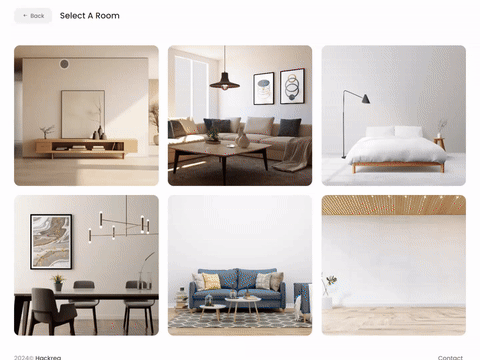
Hardwood flooring: weighing the pros and cons
Modern hardwood is solid wood, shaped into the finest flooring. Oak, beech, cherry, birch, and mahogany captivate with the depth and variety of shades and natural patterns, and modern technology helps create elements for dozens of types of layouts. In addition to a broad palette and outstanding decorative properties, hardwood has many other undoubted advantages, which are worth talking about in more detail.
High style adaptability
When we talk about carpet, we mean, first of all, a modern interior – in more traditional and laconic design options, it looks somewhat alien. When it comes to hardwood, you may be surprised to find that it is appropriate almost everywhere. It provides the harmony of classical and neoclassical style, adds authenticity to retro and vintage, gives the coziness of country and industrial, ensures Scandinavian’s perfection, and makes you fall in love with minimalist and Japanese interiors. You have just to choose the right shade of the plank and the installation pattern.
Easy to maintain cleanliness
Smooth, hard floors are much easier to maintain than carpets. Dust and debris can be removed even with an ordinary broom, and the presence of a robot vacuum cleaner allows you not to waste precious minutes at all on maintaining “beauty and shine”. A weekly wipe with a slightly damp, clean cloth will help you achieve the perfect look, and polishing every few years will help preserve the hardwood’s pristine beauty for a long time.
Long-term operation
Hardwood floors in old houses are one of the unconditional signs of the aristocracy. The excellent preservation of such floorings becomes another attractive characteristic when buying real estate. And this is quite logical: the ability of wooden elements to keep their density and shape for decades, and sometimes for more than a century, turns hardwood into a kind of value. With new materials, everything is about the same – except, of course, a touch of noble antiquity. Modern plank processing ensures your floor is durable.
Practicality
Natural wood is a reasonably stable material in terms of durability. After coating with varnishes, stains, or sealants, the flooring is no longer afraid of household, moderate humidity, and pleases with sufficient resistance to stress and minor physical influences. Quality floorings demonstrate outstanding practical properties not only in living rooms and bedrooms but also in halls and dining rooms.
Mobility
Varnished hardwood floors are often to the taste of those who want to change the arrangement frequently. Solid wood materials do not create any obstacle to the movement of furniture and decor. However, in this case, it is worth making sure that the furniture legs are smooth enough and do not contain any protruding parts or any chipping or irregularities.
The ability to use textile decor
While carpet is on its own and does not imply any additional solutions, hardwood is very friendly to stylish accents and added notes. In this case, we are talking about rugs of various sizes that look great on a natural and noble wood surface. The choice of floor textiles entirely depends on your preferences and the style in which the room is decorated – based on this, you can choose the color, dimensions, height, and density of the pile.
Cons
At first glance, it may seem that the hardwood flooring has no flaws, but this, of course, is not entirely true. Specific properties of wood flooring make it necessary to weigh its installation’s appropriateness in a particular room. In this case, we mean the following characteristics:
Carpet vs. Hardwood: compare according to the table
It can take a long time to speculate about the features and characteristics of hardwood and carpet flooring. If you need to give arguments “for” and “against” this or that material, our table can come to the rescue, thanks to which everything turns out to be more transparent. We invite you to compare carpet and hardwood in some critical parameters.
| Carpet | Hardwood | |
| Composition | For modern carpets, predominantly synthetic materials are used – acrylic, polypropylene, and polyester. The composition of expensive materials may contain wool, but this applies only to exclusive carpets. | The raw materials for flooring are mainly solid wood – usually oak, beech, maple, and mahogany. |
| Design options | Modern technologies make it possible to produce carpets of various colors and textures, making it possible to find an ideal solution for any design and room palette. | Natural hardwood flooring captivates with the natural grain of the wood, as well as shades that can range from silvery white to deep crimson and even black. Safe varnishes and tinting also help to achieve sophisticated and harmonious colors. |
| Price | The price range for carpet is vast – you can find the right rug even on a tight budget or order something special for an exclusive interior. | Preparing and processing wood is a delicate and rather complicated technological process, not to mention the value of species suitable for flooring in principle. That is why cheap hardwood simply does not exist: its cost fluctuates in the medium-high range, depending on the type of wood and the technologies used. |
| Installation | To fix the carpet, special staples or nails are enough, which are evenly stuffed around the entire perimeter of the room. This process is not too complicated, and therefore the installation can even be carried out independently. | Previously, the installation of hardwood flooring could only be entrusted to high-class specialists: one wrong action could ruin the entire floor. Today, the technology of installing a wooden floor has become more straightforward due to the special preparation of the elements. However, designers still recommend entrusting such work to specialists. |
| Durability | The average lifespan of carpets with proper care is 3-5 years. Expensive and exclusive materials can last much longer, but usually no more than ten years. | The lifespan of hardwood flooring depends on several factors, including the quality of the wood, how it is processed, the type of coating, and temperature and humidity. When properly maintained, a hardwood floor will retain its best properties for decades. |
| Moisture resistance | Any exposure to moisture has an extremely negative effect on the condition of carpets. Even a slight but stable humidity can lead to the appearance of mold and mildew, which cannot be removed. If the room is flooded, you will have to change the carpets entirely, since they cannot be dried. | Hardwood can swell without additional treatment. However, coating with special protective compounds will help increase its resistance to liquids that have fallen on the surface. Still, it is not recommended to install hardwood in rooms with constant high humidity. |
| Care | Carpets require regular dry cleaning – a vacuum cleaner is best for this. To restore the freshness and brightness of the color, special treatment, including steam, will help – however, for this, it is better to contact a cleaning company. | It is necessary to often remove dust and small debris from the wooden floor’s surface and wipe it from time to time with a slightly damp cloth. If you need more serious cleaning, use special products. |
| Risks | Stains, mechanical damage, accumulation of mildew and mold, dust. | Scratches, swelling in high humidity. |
| Repair and restoration | The most you can do to renew your carpet is dry cleaning. In other cases, it must be replaced entirely, since water ingress and damage from various sharp objects are destructive for it. | Sanding and polishing will help restore a smooth and fresh feel. Also, for new hardwood floors, a reasonably simple repair is possible with the replacement of planks, and only a partial or complete replacement will help restore old wooden floorings. |
| Sustainability | Carpets are made from chemical raw materials that, during the operation of products, can emit volatile compounds that are harmful to health, even if in small quantities, during the process of products. Safe, renewable materials can be a greener alternative. | Wood for hardwood floorings is one of the most natural and safest materials, especially if you have opted for FSC-approved flooring. At the same time, it is essential to consider the composition of varnishes and sealants for hardwood flooring – low-quality products can be very toxic, so you should choose them as carefully as possible. |
Choosing between carpet and hardwood: focusing on the room
An important factor when choosing a carpet or solid hardwood flooring is the room’s purpose where you plan to make the floor. This is due not only to a certain level of humidity and temperature, suitable for both options but also to the peculiarities of operation and the room’s permeability. In this case, preferences should be distributed approximately as follows:
Hardwood vs. Carpet: Conclusions
We hope you now have a better understanding of how to proceed when choosing between carpets and hardwood. Both of these floorings are relevant and have many advantages – it remains only to decide which of them will be more appropriate in this or that corner of your home from an aesthetic and rational point of view.
